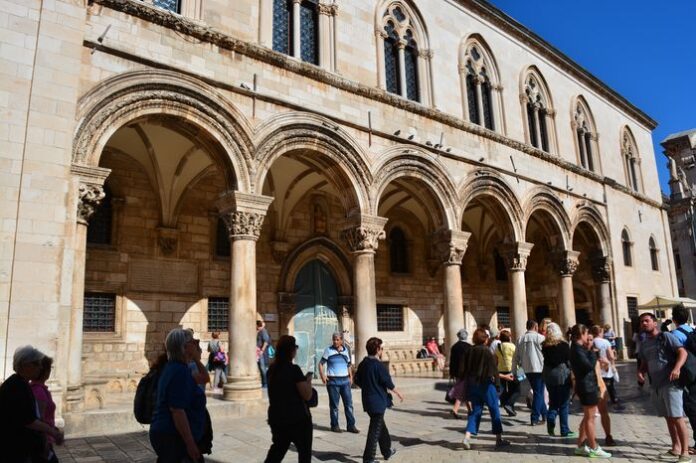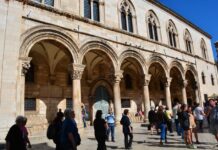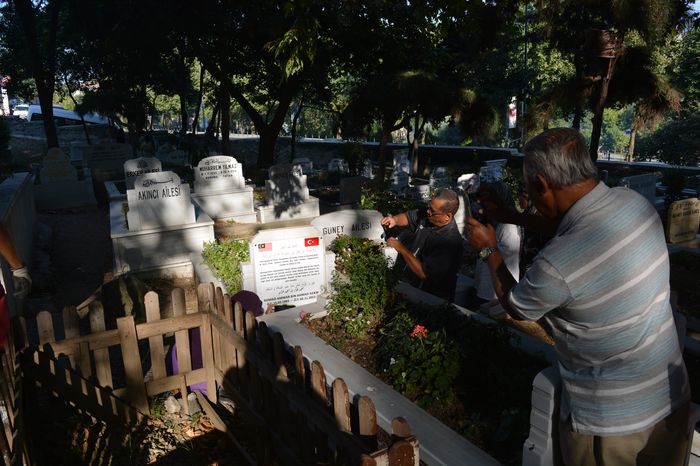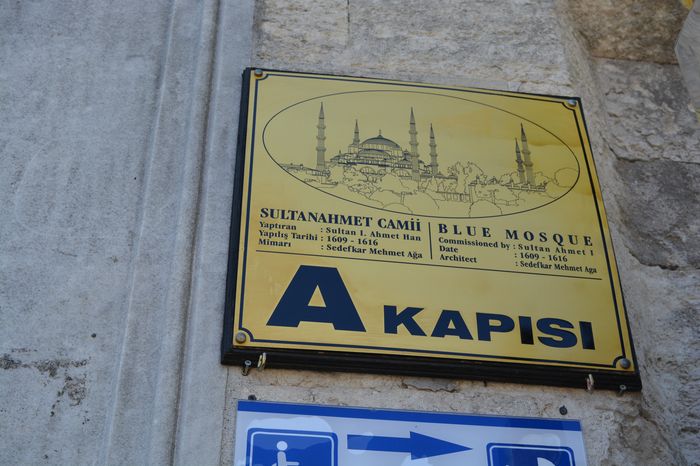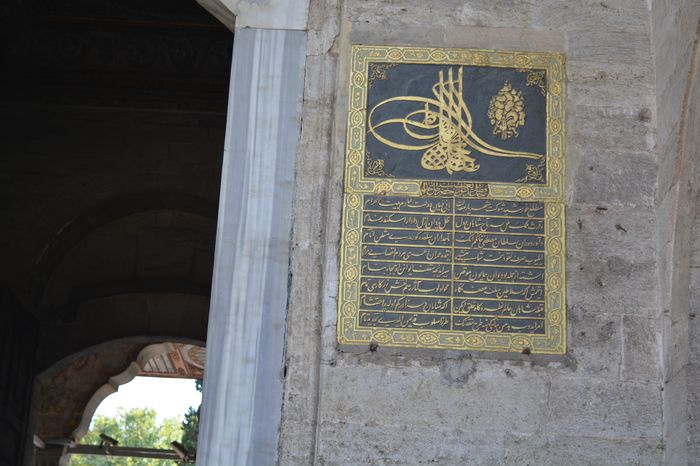The Golden Gate (Porta Aurea) of Constantinople was not just a part of the city’s strong fortifications—it also served as the main ceremonial entrance for imperial triumphs and important processions.
Sometimes, emperors made a grand entry through the gate in a chariot instead of on horseback, as Emperor Heraclius once did. On one occasion, during the triumph of Emperor John I Tzimiskes, the icon of the Virgin Mary was honored by being placed in the triumphal chariot, symbolizing divine protection over the city The Confusion Over the Gate’s Name.
Emperor Michael VIII Palaiologos, after retaking Constantinople in 1261, made a humble entrance through the Golden Gate. He walked on foot as far as the Church of St. John Studius before mounting a horse—likely to show humility and gratitude.
During the second triumph of Emperor Theophilus, a beautiful new tradition began: children were included in the ceremony, wearing wreaths of flowers, symbolizing innocence and hope.
The Golden Gate as a Military Fortress
In addition to its ceremonial use, the Golden Gate was one of the strongest military positions in Constantinople’s walls. It had:
Four strong towers
A deep moat in front
Thick inner walls that created a small fortress inside the larger city defenses
Emperor John VI Cantacuzene once repaired the Golden Gate and described it as an almost invincible acropolis—a stronghold that could be supplied for three years and hold off an attack from the rest of the city in case of civil war.
In 1354, Cantacuzene struggled to convince the Latin soldiers guarding the Golden Gate on his behalf to surrender it to his rival, John V Palaiologos. This highlights how strategic and symbolic the gate had become.
Attacks on the Golden Gate
Throughout history, many enemies tried to attack the Golden Gate:
In the reign of Anastasius I, it was targeted by Vitalianus leading an army of Huns and Bulgarians
During the Arab siege of 673–675, Saracen forces tried several times to breach it
In the 9th century, Crum, a powerful Bulgarian ruler, stood before it during the reign of Leo the Armenian. He even performed human sacrifices and rituals with sea water, hoping to gain divine help before attacking. When the Byzantines refused his demand to plant his spear in the gate, peace talks ended Local Guide Sofia.
Later, in 913, another Bulgarian king, Simeon, gathered his troops at the gate. And in 1347, during a civil war, John VI Cantacuzene was again let into the city by his supporters through the same gate.
The Golden Gate of Constantinople was more than a city entrance. It was a symbol of power, faith, and military strength. From royal processions to enemy sieges, it played a central role in the city’s most memorable events.
